Creating solutions
A guide to choosing your book cover type and paper stock
In this post, we explain all about the different types of soft and hard covers. It is important to understand each type of cover before choosing the best fit for your project.
Secondly, we’ll help you pick your cover based on the book’s purpose, your target market and budget.
HARDCOVERS
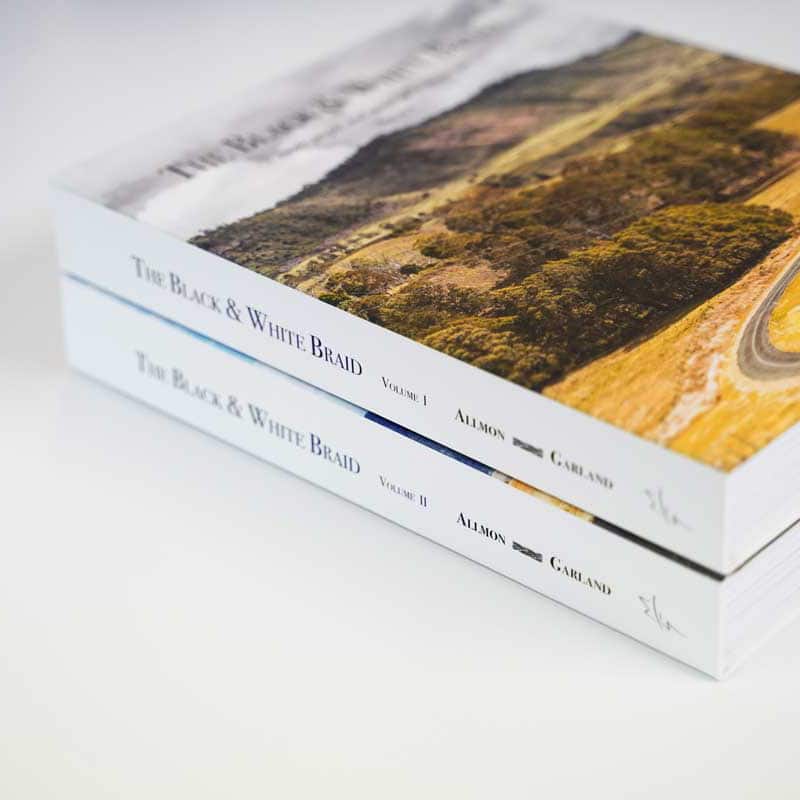
Printed paper case
A printed paper case is an alternative to cloth casing for hardbacks in which a paperback-like cover (but on much thinner paper) is glued on to the stiff boards and laminated in place. As a result, no protective dust jacket is necessary. A printed paper case can be used with a dust jacket if desired, and often both will use the same design. Many books only need a printed paper case.
Image Source: Fast Proof Press
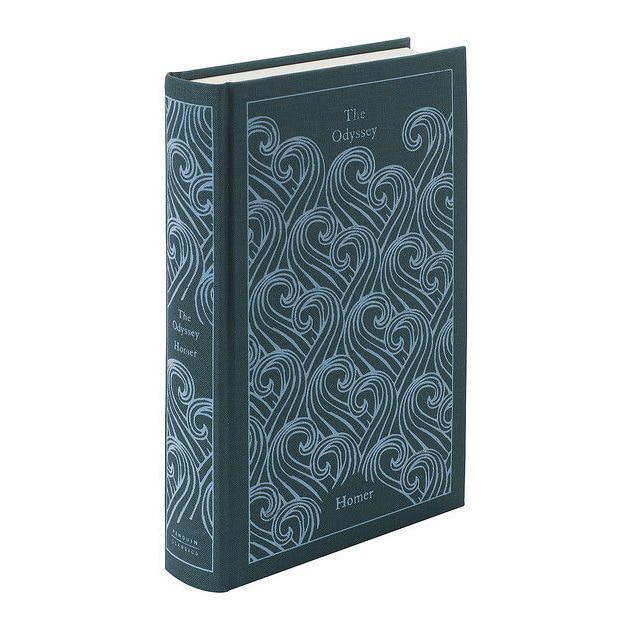
Cloth
“Cloth-bound” generally refers to a hardcover book with cloth covering the outside of the book covers. The cloth is stretched over the boards, and is mainly to protect and shield the book from any damage. The cloth can then be printed on, embossed, or stamped for decorative and informative purposes.
Image Source: Flickr
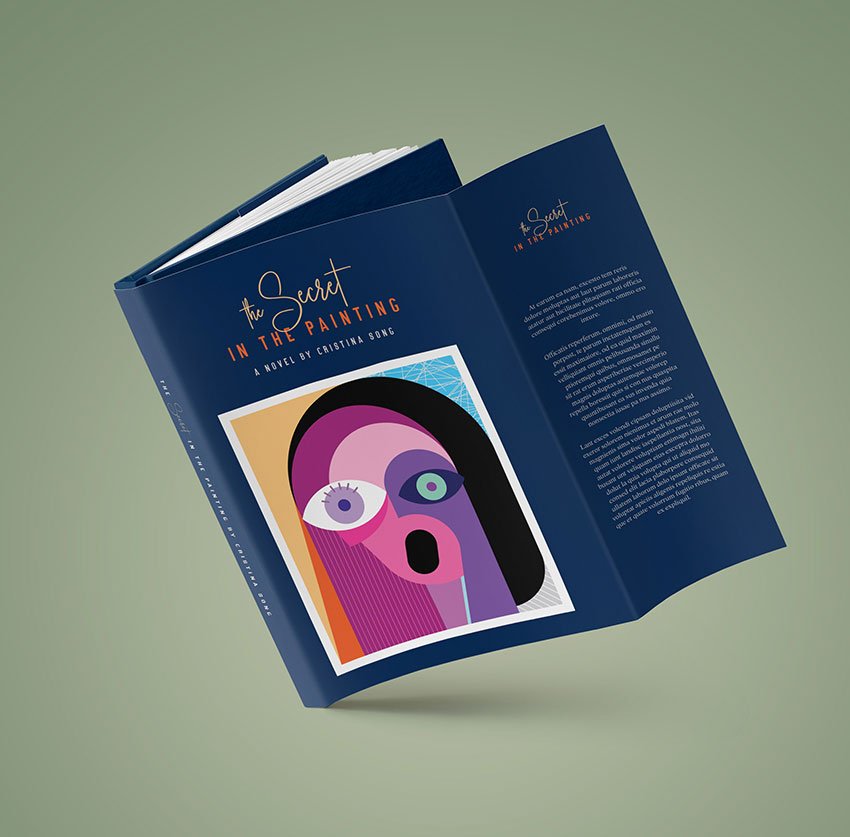
Dust jacket
A Dust Jacket, also known as a Book Jacket or Dust Wrapper, is a printed paper overlay that wraps around the cover of a book. Dust jackets are most commonly associated with hardcover books, though you may occasionally see a jacket on perfect bound books as well. A dust jacket is an optional accessory. Also, it isn’t permanently attached to the book. It is merely held in place by flaps that fold around the front and back covers of the book. A dust jacket can be removed or reattached to a book very easily.
Image Source: Envato
SOFT COVERS
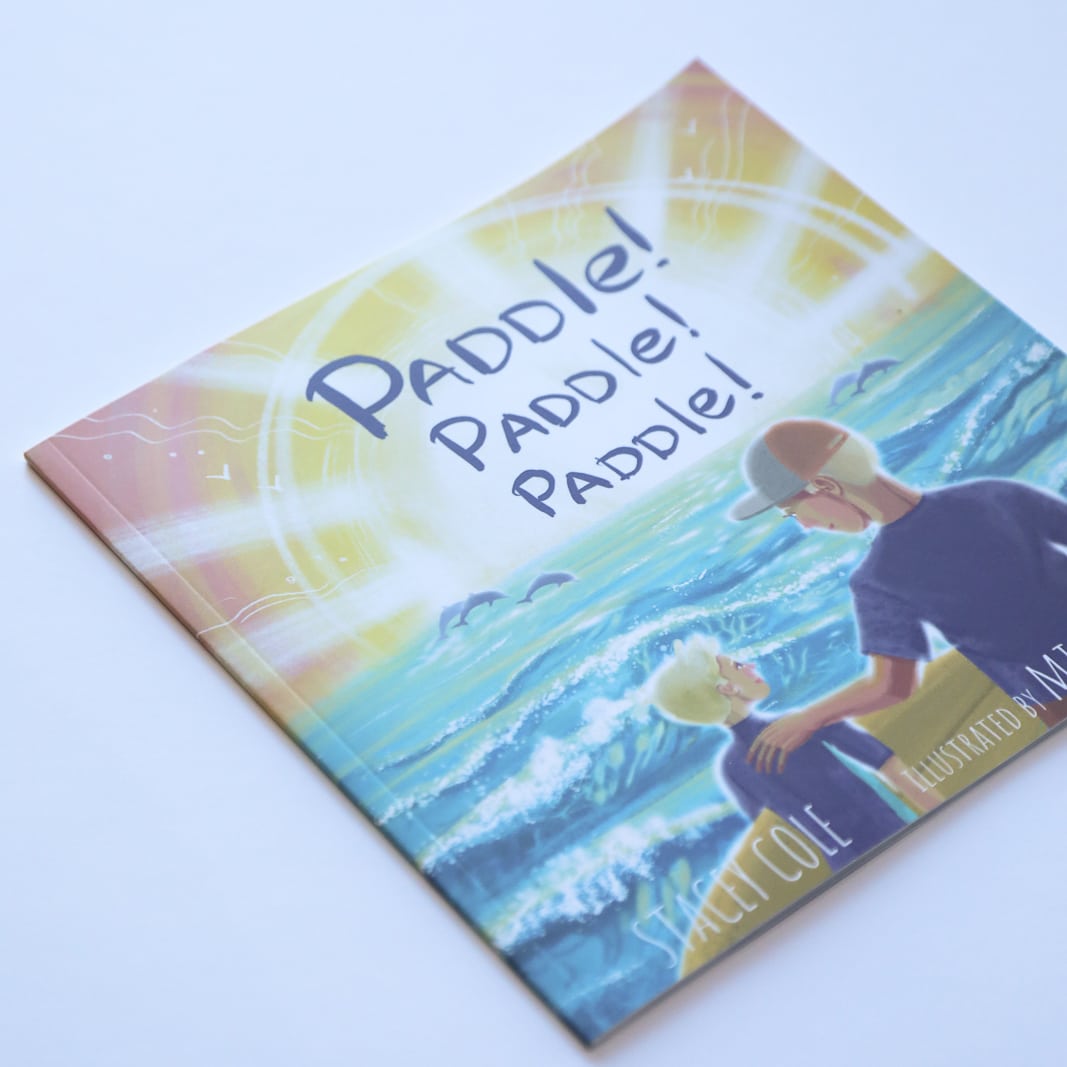
One-sided board
One-sided board gives your book a stiff, more substantial cover, in comparison to silk or gloss coated boards. When using one-sided board your book’s cover is less likely to warp and bend over time. We believe one-sided board ‘feels’ better, and unless two-sided print is crucial to your project, this is one of the best options for your soft cover.
One-sided board is popular with readers.
Image Source: Fast Proof Press
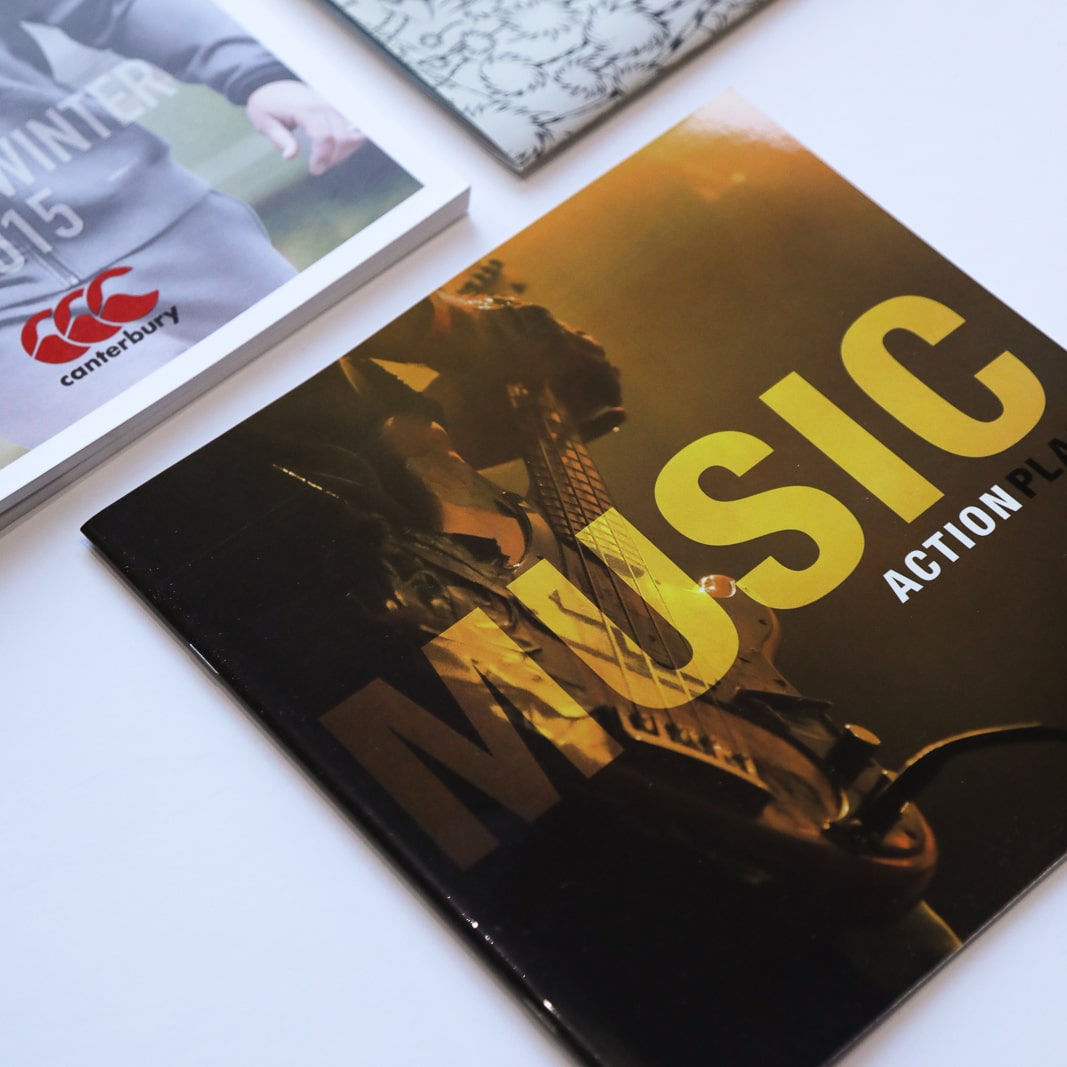
Silk & Gloss
Average weight for a softcover is 300gsm.
For printing on both the inner cover and outer cover of your book, silk or gloss coated boards is the option. Both sides of the paper are coated making silk or gloss covers heavier in weight, however more flimsy in comparison to one-sided board.
Image Source:
END PAPERS & COVER LAMINATION
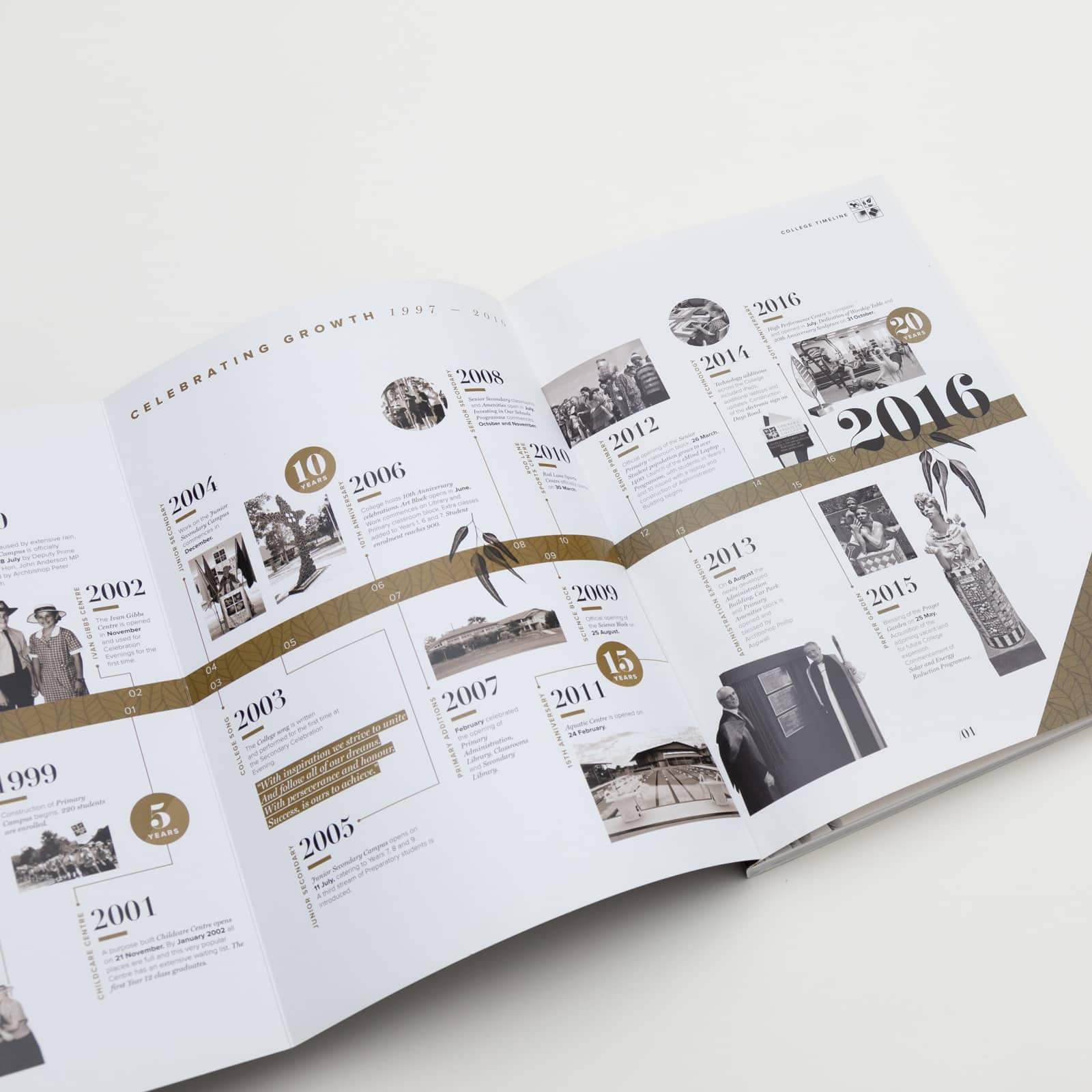
End papers
Endpapers are used in case bound books, to join the book block (pages) to the case.
The endpaper is a long sheet, half of which is glued into the inner cover, and the other half is glued along a thin strip of the first/last page of the book, leaving the rest to be loose (almost like a page of the book).
Case-bound books have two endpapers – one at the front and another at the back.
Endpapers can be printed or left blank
Endpapers can also be used on some softback books, eg flexi-bound books, to give a thicker cover and premium finish.
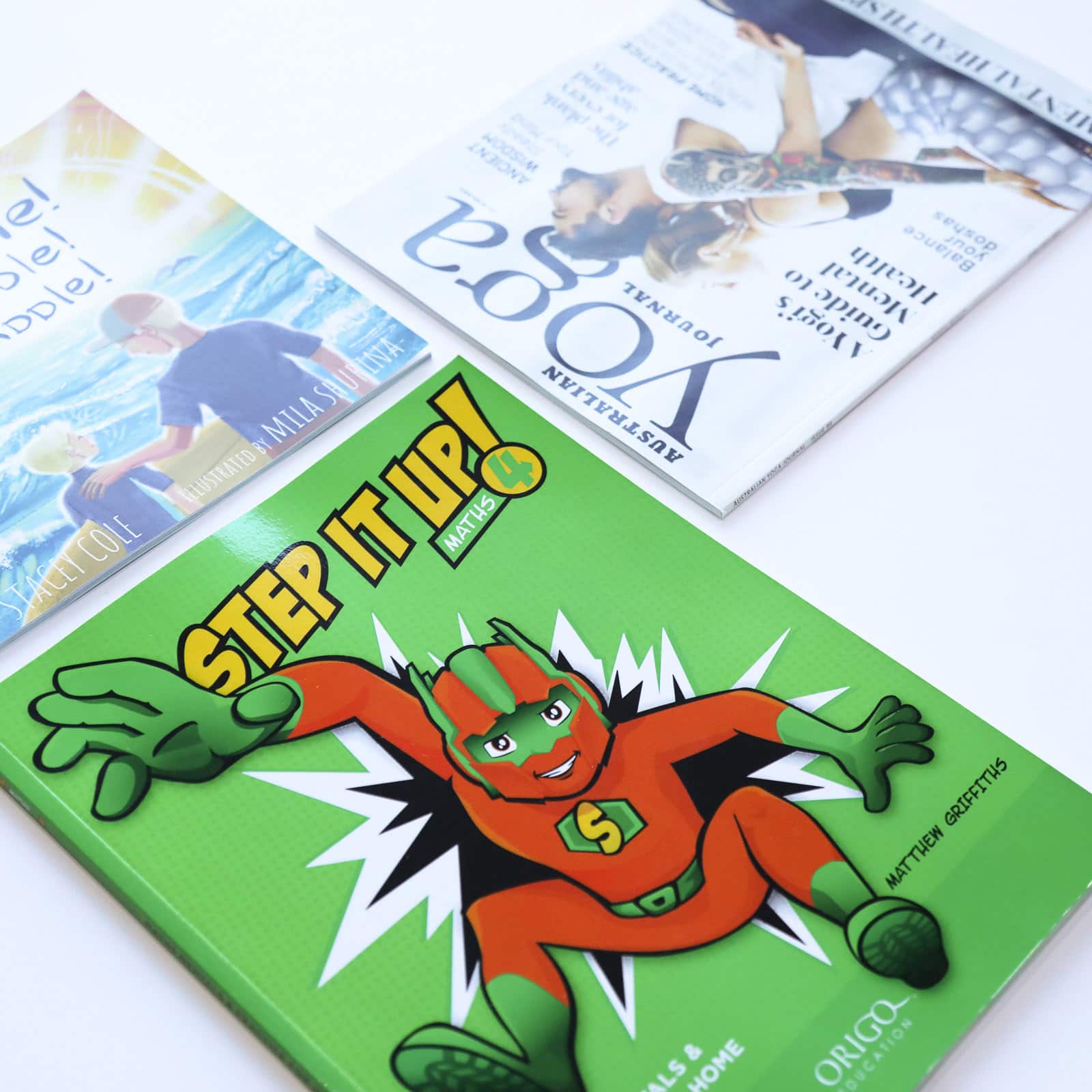
Cover Lamination
When producing perfect bound books, we recommend using a lamination of some kind to remove the chance of cracking on the spine and hinge creasers. Along with just protecting the book through its lifetime.
Matt lamination
Although Matt coating can show marks from general wear and tear, matt lamination gives a quality, smooth, low-sheen finish. Matt is usually our recommendation.
Gloss lamination
Gloss lamination is a high sheen surface that protects and enhances your book’s cover. Gloss is also stronger when it comes to wear and tear.
Soft Touch lamination
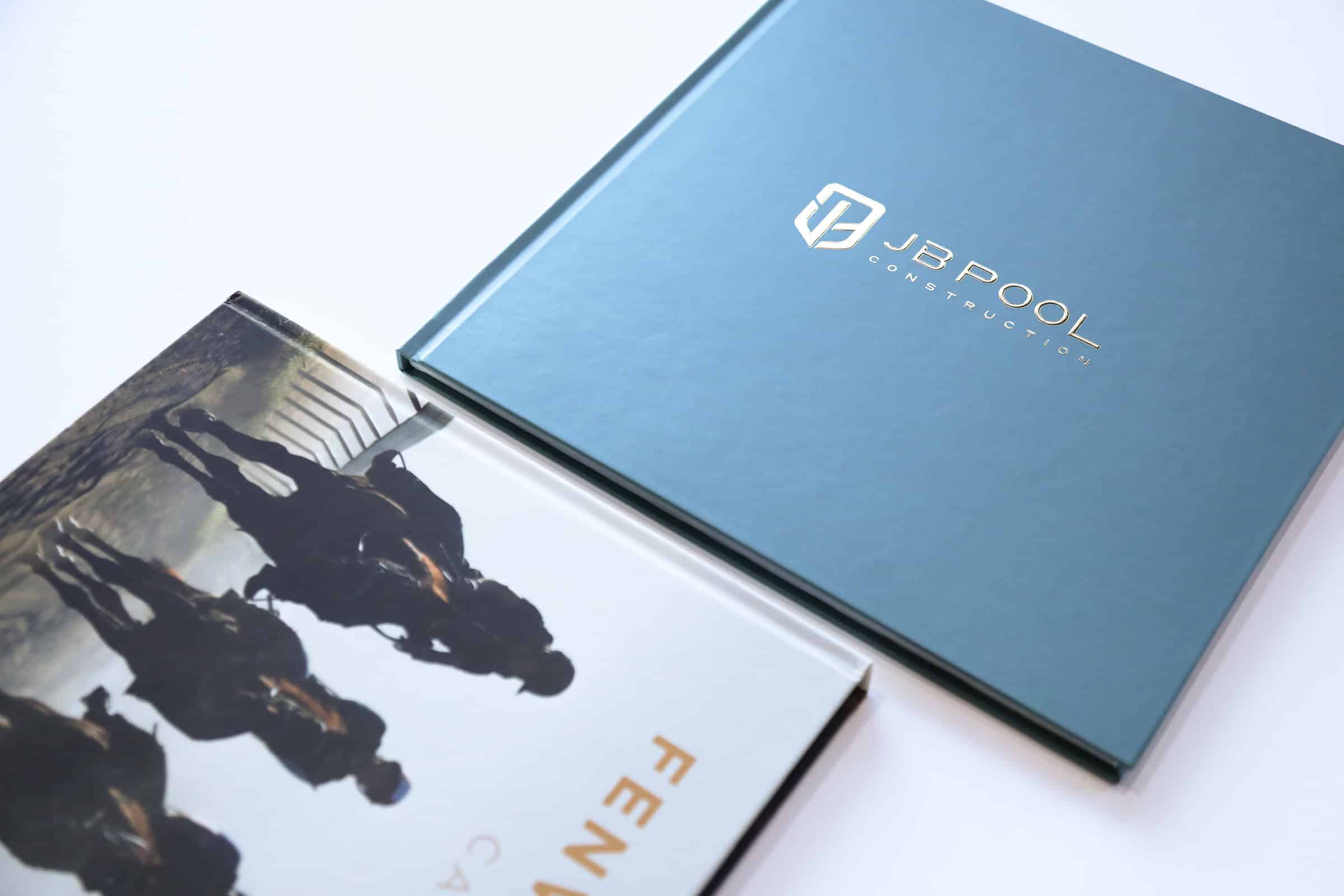
But which cover is best for my book?
Each type of cover is different in texture, weight and firmness. Choosing the right cover comes down to the number of pages in your book, and how your book is going to be read. It is important to consider what will be convenient for your reader.
Some questions to ask yourself when choosing your cover:
- What is the book’s purpose?
Will the reader be taking the book everywhere they go? On the train for their commute to work, for an afternoon trip to the beach, and even to bed with them? If so, go paperback.
Is the book designed to be sitting looking pretty on a coffee table, and read at home? (cook books, lifestyle books, manuals) If so, hardcover can be chosen. - What is your budget?
A Paperback will reduce the price of your book. Who is your market? Are they looking for a good, but budget friendly read? Maybe your selling to the gift market? Would you rather give your book a higher quality look? Go for a luxurious Casewrap or Dust Jacket finish. In a Dust Jacket, the wrap can be removed by the reader. - Do I want high quality and durability?
If you go for durability, choose a Hardcover Casewrap. - What is my target audience?
Have you written a children’s book? Then go for a Casewrap. A Paperback won’t last as long if children are playing with it. With a Dust Jacket the wrap immediately becomes lost.
A more ‘traditional’ public might prefer a classic hardcover with wrap. Writing for students? A Casewrap will last longer. But Paperback in turn is easier to take along to school every day.
There are many points to consider. The most important though, is to keep the purpose and audience of your book in mind.
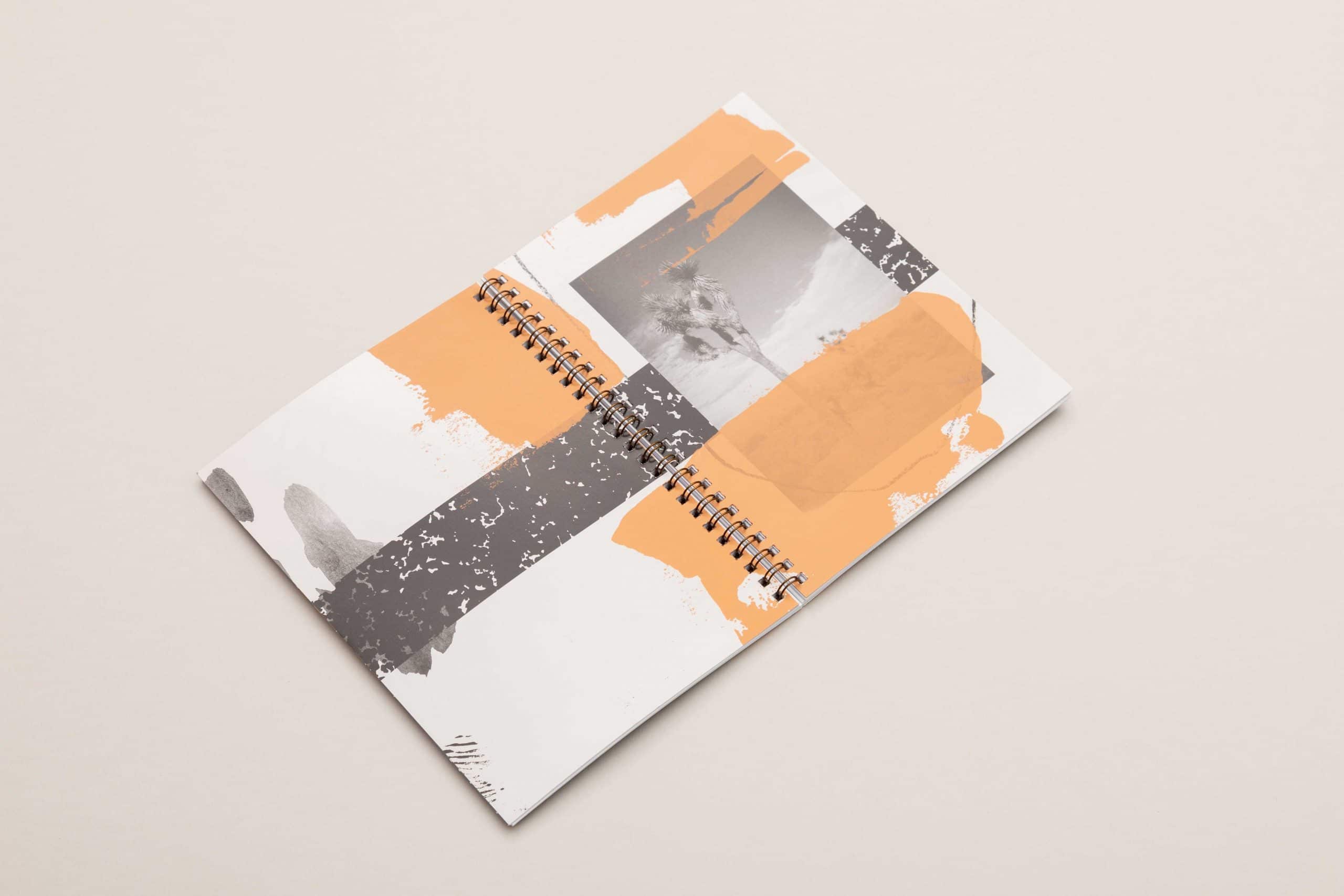
PAPER TYPE
Choosing the right paper stock for your inner pages can be difficult. There are a number of options, and it’s not always obvious what the difference is between them.
Two of the most common mistakes people make when choosing a paper stock are:
- Choosing the lowest gsm paper, assuming it will save money.
- Choosing the highest gsm paper, under the assumption that it is of higher quality.
Whilst those two assumptions aren’t necessarily incorrect, using that reasoning to choose which paper stock to use is risky. Different paper types are right for specific situations. This guide should help you identify which would be right for your print requirements.
Gsm stands for ‘grams per square meter’ and refers to the substance weight of the paper, relating to a specific area of paper (100mm x 100mm), that remains constant irrespective of sheet size.
Gloss paper
Paper has a higher sheen coating which further enhances colours and sharpness.
Popular weights: 115 gsm, 130gsm and 150gsm.
Perfect for: children’s books, colour inserts, photo books, recipe books
Silk or Matt paper
Paper with a silk finish has a low sheen coating. This improves colours and sharpens images. Silk is somewhere between uncoated and gloss, it provides a high quality look in a more subtle way than gloss.
Popular weights: 115 gsm, 130gsm and 150gsm.
Perfect for: photo books, posters, leaflets, brochures
Uncoated paper
Uncoated paper has a slightly rougher and more tactile feel. It is typically used when the content is mainly text and gives images a flatter, more natural look.
Popular choice: Bookwove, white or cream.
Popular weights: 70 gsm, 100 gsm and 135gsm
Perfect for: novels, poetry books, anthologies, short stories, biographies.
PAPER STOCKS
70gsm – Uncoated
- Suitable for black and white printing.
- Thinner paper gives a more traditional, ‘old-timely’ feel.
- Lowers the weight of your book which can cut costs on international shipping
100gsm – Uncoated
- Our standard paper for colour books
- Also works well as a heavier alternative for black and white books, particularly A4 books.
- Perfect for autobiographies, anthologies, history books.
115gsm (Gloss or Silk)
- Slightly heavier than 100gsm, but with a gloss or silk finish.
- Works best in books / booklets with a lot of colour.
135gsm – Uncoated
- Provides an outstanding finish for colour pages.
- Work perfectly as colour inserts in black and white books.
- Best for brochures, presentations and colour inserts in biographies.
135gsm (Gloss or Silk)
- A high quality, thick paper stock.
- Can make colour pages look more vibrant and sharp
- Perfect for leaflets and flyers
170gsm (Gloss or Silk)
- Our heaviest paper, very strong and durable.
- Provides a beautiful, vibrant finish.
- Works great for postcards, menus, and posters
300gsm
- A slightly heavier cover stock.
- A little more expensive than 250gsm, but not significantly.
- Works brilliantly on recipe books, manuals, workbooks and children’s books.
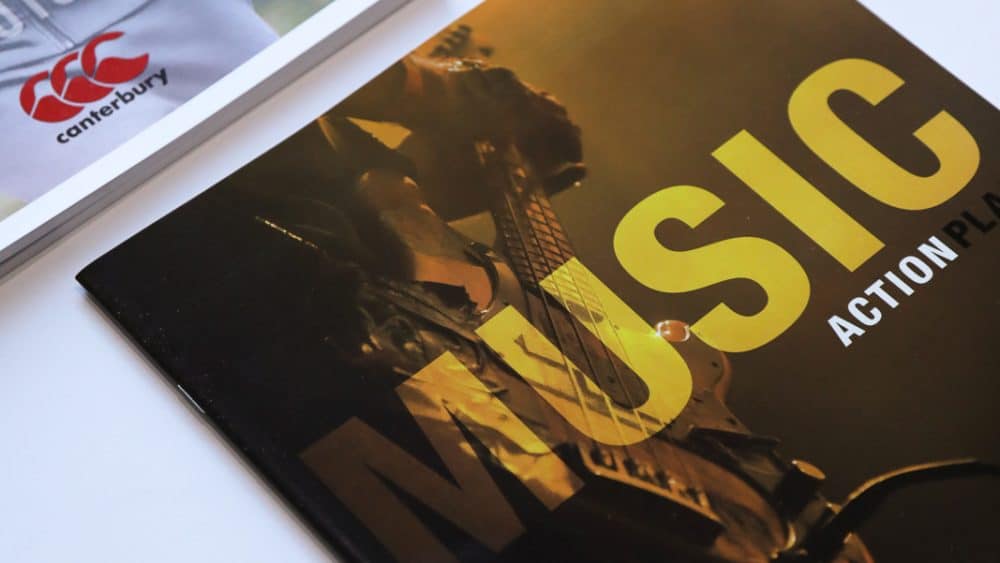


Comments are closed.